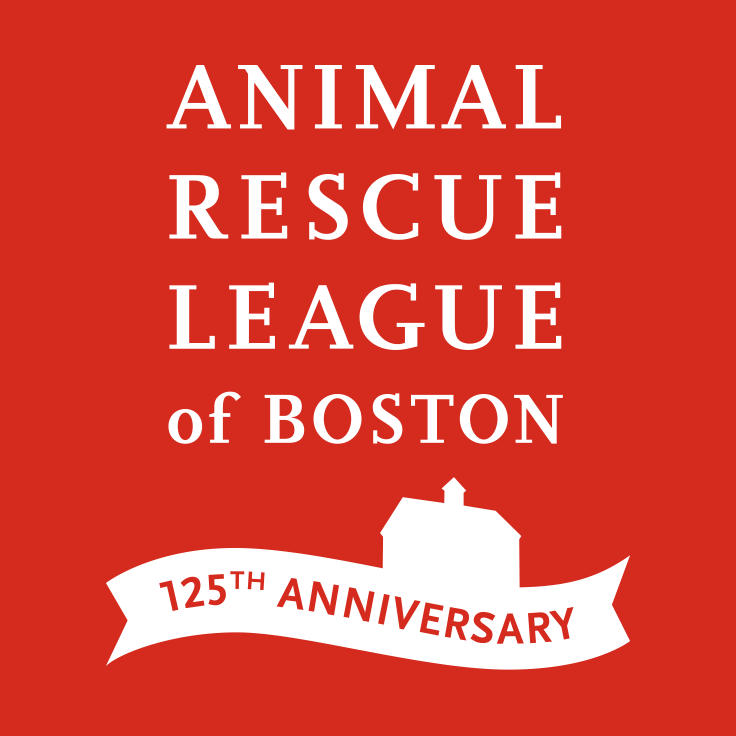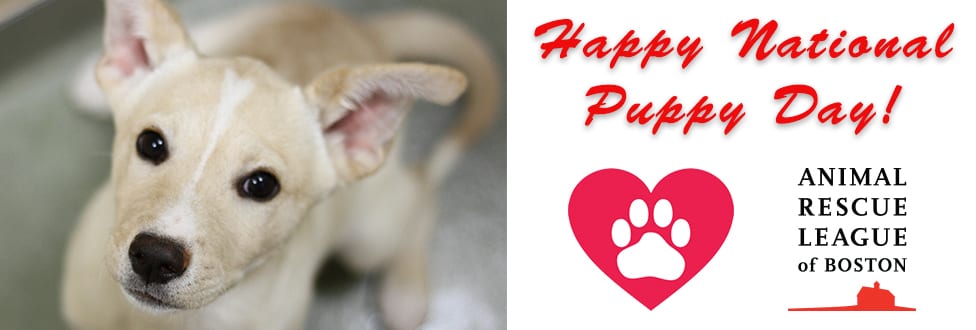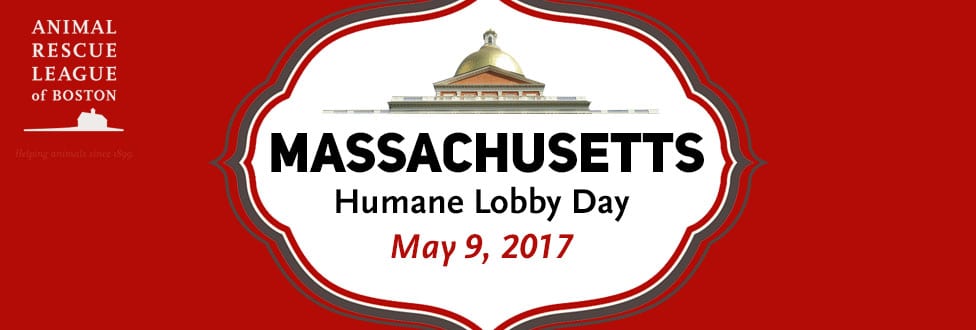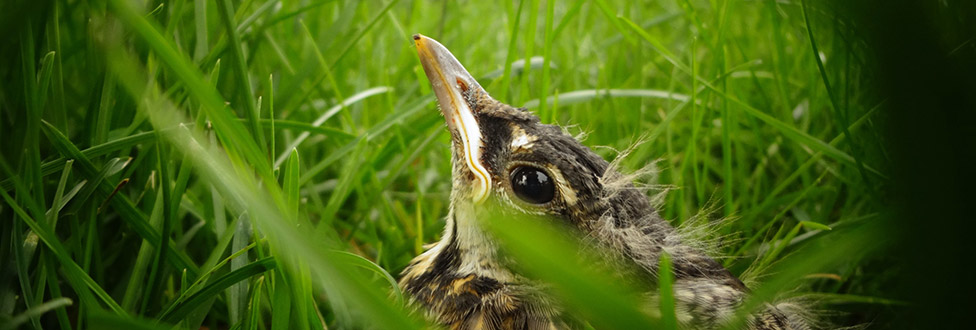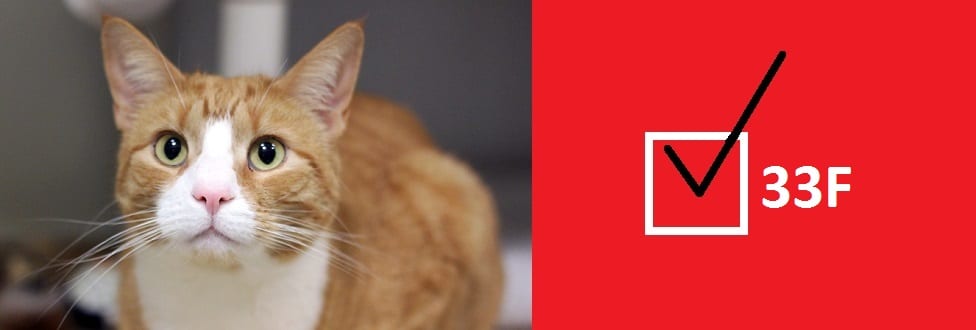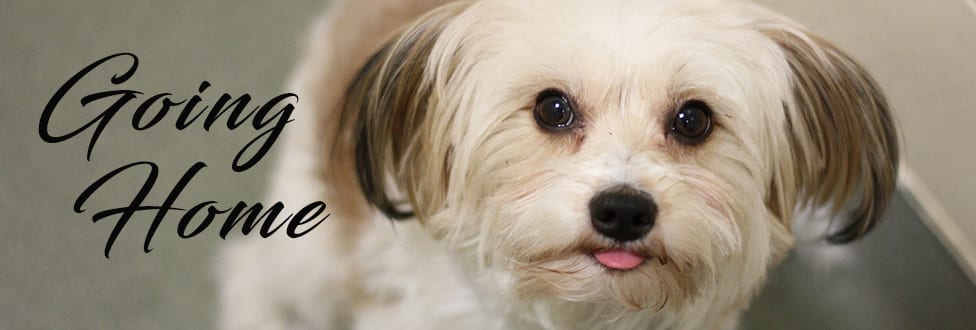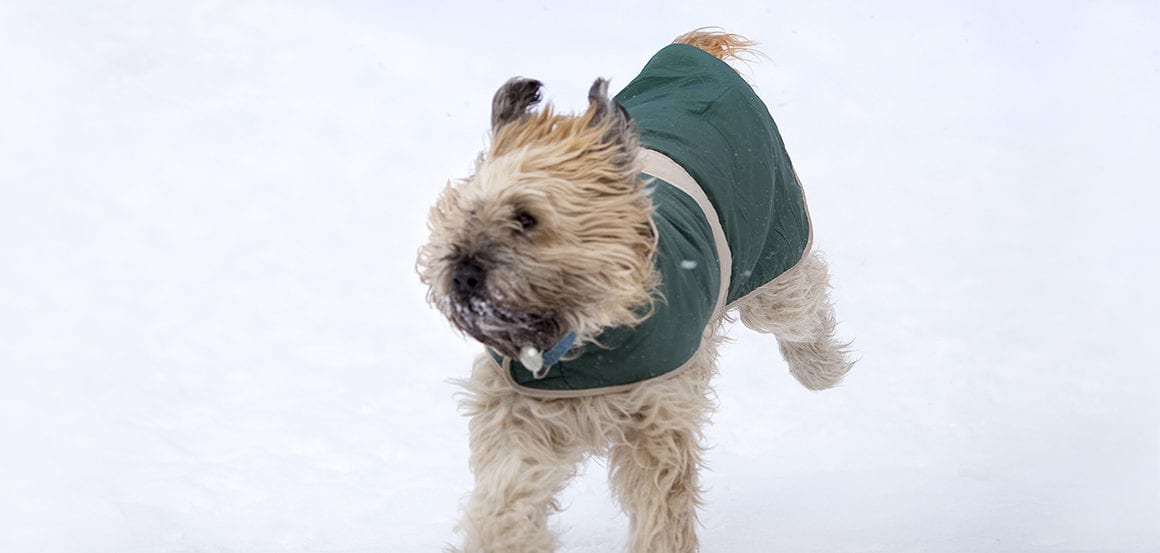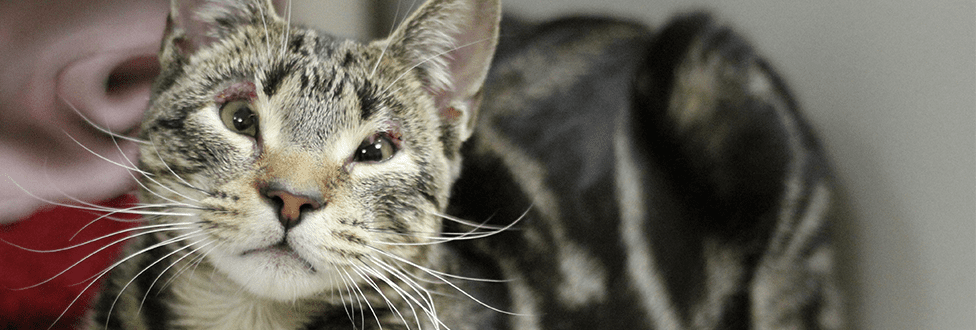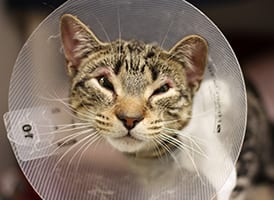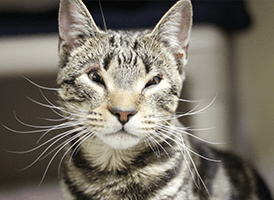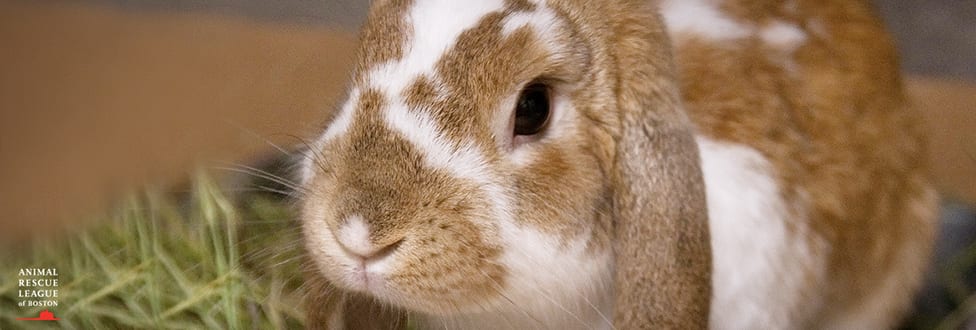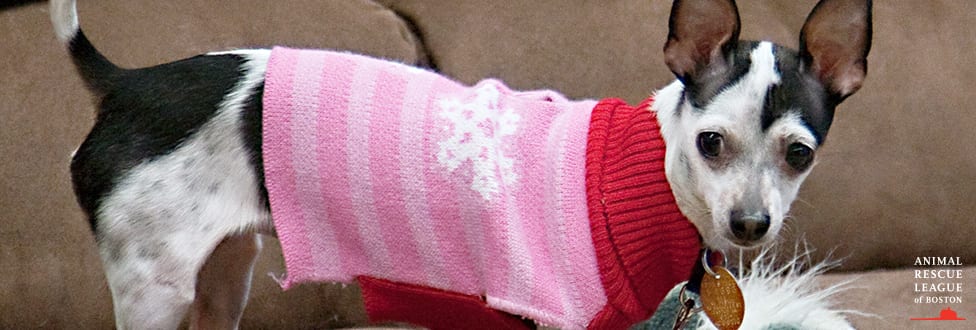Happy National Puppy Day!
ARL Partners with Organization to Give Southern Puppies a New Life
Today marks the 11th anniversary of National Puppy Day, a day to celebrate all the cuteness, cuddliness, love and energy that a puppy can bring to your household. It’s also a reminder that there are countless puppies nationwide who need to find loving homes.
The Animal Rescue League of Boston (ARL) is currently partnering with Animal Rescue Front, a group dedicated to alleviating the severe pet overpopulation issue along the Gulf Coast, particularly in Mississippi; less than half of dogs in Mississippi are spayed or neutered. The organization was formed in the aftermath of Hurricane Katrina in 2005, and transports puppies to organizations like ARL throughout the country.
“The southern parts of the country have a significantly higher population of stray dogs with minimal spay and neuter programs that result in a high volume of homeless puppies,” said Caitlin Tomlinson, ARL’s Associate Director of Shelter Operations. “The New England communities, on the other hand, do not have the same concerns; spay and neuter programs are more popular and stray dogs are brought into shelters and municipal facilities quickly.”
Twice a month ARL receives puppy transports from Animal Rescue Front, so if you are looking for a puppy or any companion animal, be sure to check ARL’s adoption page often! Puppy transports are truly a life-saving measure, as this year alone, ARL expects to take in more than 350 puppies from the south.
“Since there is a lower influx of dogs in the northern part of the country, shelters can help save lives by transporting puppies and adult dogs from these Southern shelters,” Tomlinson said. “By pulling dogs out of the Southern shelters it frees up space for more dogs to be cared for without having to resort to euthanasia. Since there are not many puppies entering shelters in the northern part of the country, puppies brought from the south are in high demand and adopted very quickly.”
Saving Lives
ARL is committed to helping animals in need, and remember that when you adopt you save not one but two lives – the animal you adopt and the animal that can take its place. Whether it’s a puppy, an adult dog, cat or goat, ARL’s staff and volunteers at its Boston, Dedham and Brewster shelters are there to answer your questions to ensure that the life you save is the right animal for you and your family.
